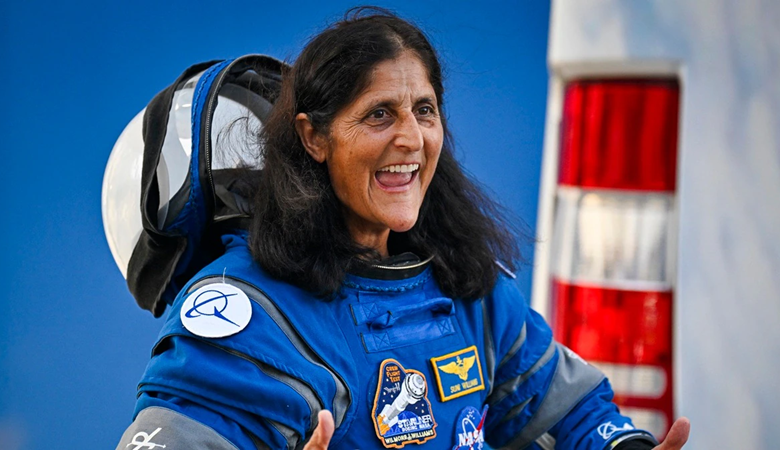Boeing’s 100,000 Simulations Boost Confidence for Safe Return of Sunita Williams

News Mania Desk/Agnibeena Ghosh/6th August 2024
Boeing has made significant strides in ensuring the safe return of astronauts Sunita Williams and Barry E. Wilmore by conducting over 100,000 computer simulations. These rigorous tests, aimed at addressing potential issues during the return phase of their mission, have yielded promising results. According to Boeing, 27 of the 28 Reaction Control System (RCS) thrusters on the Boeing Crew Flight Test (Boe-CFT) capsule are fully operational, signaling a positive development for the spacecraft’s return journey.
The extensive simulation process was designed to assess various scenarios that the Starliner spacecraft might face while undocking from the International Space Station (ISS), re-entering Earth’s atmosphere, and landing. These simulations have been crucial in verifying the spacecraft’s readiness, especially after the mission encountered technical challenges.
NASA and Boeing have utilized these simulations to identify the best strategies for addressing the issues that could arise during the re-entry process. Boeing’s recent updates confirm that the Starliner’s propulsion system remains in good condition, with healthy redundancy in the propulsion system and stable helium levels. This is an encouraging sign that the spacecraft is well-prepared for the upcoming return phase.
Currently, the exact timing of Sunita Williams and Barry E. Wilmore’s return to Earth remains uncertain. The mission, initially planned for eight days, has been extended to over 60 days due to complications including a thruster malfunction and a helium leak. Despite these delays, Boeing remains confident in the Starliner’s ability to safely bring the astronauts back to Earth. The company’s extensive testing includes seven ground tests of an RCS thruster, a free-flight hot fire of five aft-facing thrusters, and multiple docked hot fire tests.
Boeing’s comprehensive testing strategy has bolstered its confidence in the spacecraft’s capabilities. The simulations have involved testing both individual thrusters and the entire propulsion system to ensure reliability and performance. The results from these tests have been instrumental in validating the spacecraft’s readiness for a safe return.
The mission’s extension has raised concerns about the astronauts’ health, particularly issues related to bone density loss due to the prolonged duration in space. However, Boeing’s latest report provides a positive outlook on the mission’s successful completion, marking a significant milestone for the Commercial Crew Program (CCP) and the future of reusable space capsules.
The Boeing Crew Flight Test (Boe-CFT) represents a critical phase in the evolution of space travel, aiming to reduce costs and enhance the efficiency of space missions. As Boeing continues to support NASA with additional testing and data analysis, the focus remains on ensuring the safe return of the crew.
Overall, Boeing’s rigorous approach and the reassuring results from the simulations reflect the company’s commitment to overcoming the challenges and advancing space exploration. The positive developments offer hope for a successful conclusion to this mission, underscoring the importance of meticulous testing in spaceflight operations.






